
LED Grow Lights for Indoor Plants
- Home
- LED Grow Lights for Indoor Plants
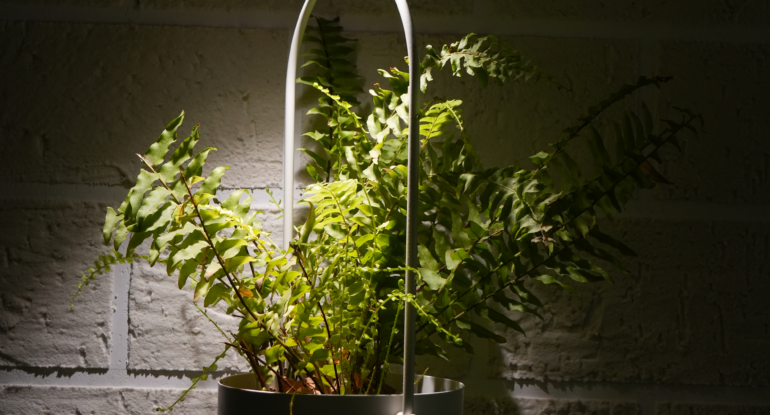
LED Grow Lights for Indoor Plants
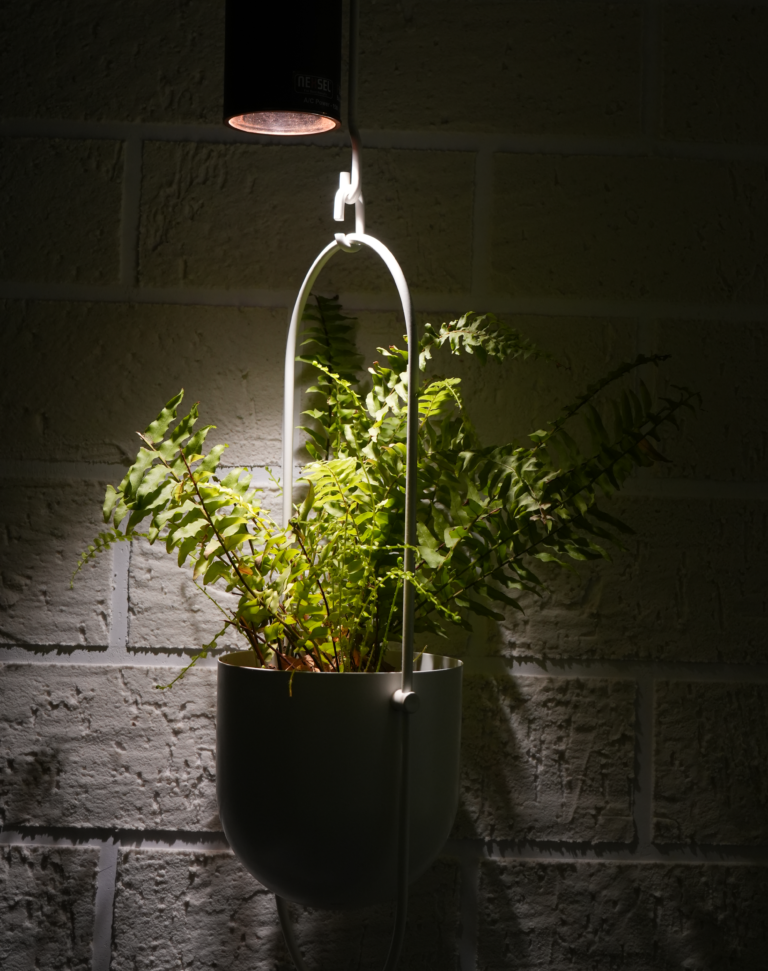
Introduction : Indoor gardening has gained significant popularity in recent years due to its ability to offer year-round growing opportunities for plants, even in small spaces. Whether you’re growing vegetables, herbs, or ornamental plants, having the right lighting is essential for their health and growth. In this context, LED (Light Emitting Diode) grow lights have emerged as one of the most efficient and effective solutions. This article will explore what LED grow lights are, how they differ from regular lighting, and delve into the key lighting parameters that are crucial for plant growth.
What is an LED Grow Light?
An LED grow light is a type of artificial lighting designed specifically to aid plant growth indoors. Unlike regular light bulbs, which emit light across a broad spectrum, LED grow lights emit light within specific wavelengths tailored to the photosynthetic needs of plants. These lights are more energy-efficient, durable, and customizable than traditional incandescent or fluorescent grow lights, making them a popular choice for indoor gardeners. LED grow lights can be used for various stages of plant growth, from seed germination to flowering and fruiting. They provide a precise light spectrum, intensity, and duration, which is vital to meet the unique needs of plants at each stage of their life cycle.
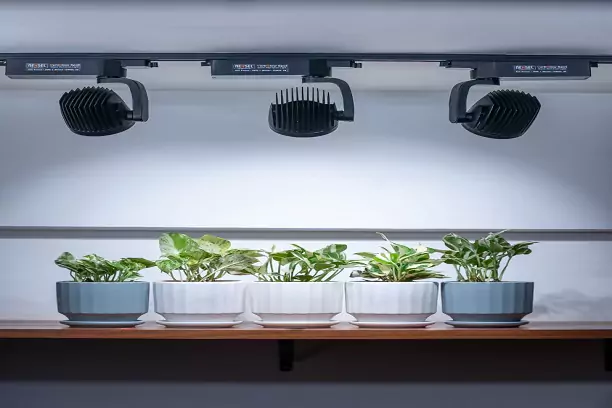
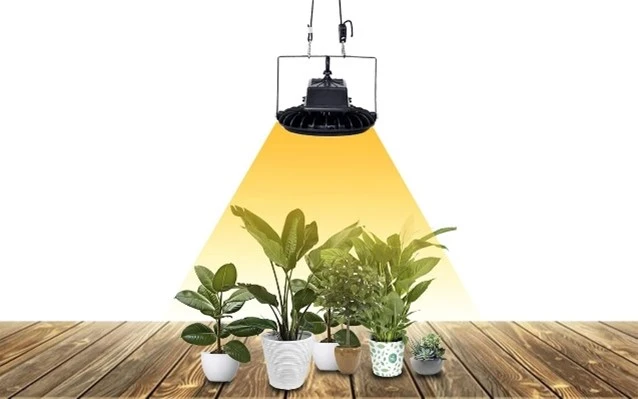
Difference Between Normal Lights and Grow Lights : While normal lighting sources, like incandescent bulbs, fluorescent lights, or even sunlight, provide a general spectrum of light, grow lights are designed specifically to meet the needs of plants. Here’s a breakdown of how regular lighting differs from LED grow lights:
1. Light Spectrum
- Normal Light : Regular lights typically emit a broad spectrum of light, including both visible and invisible wavelengths, but not in the precise ratios needed for plant growth. For instance, incandescent lights emit more red and yellow wavelengths, while fluorescent lights emit more blue and green light. However, they lack the specific balance of red and blue light that plants require for optimal photosynthesis.
- LED Grow Lights : LED grow lights are engineered to emit light in the specific wavelengths that plants use most efficiently for photosynthesis, which mainly occur in the red and blue regions of the spectrum. The spectrum can be fine-tuned by selecting specific LED chips, allowing growers to customize their lighting for various plant needs.
- Energy Efficiency
- Normal Light : Traditional light sources like incandescent bulbs waste a significant amount of energy as heat, making them less energy-efficient and more costly to operate.
- LED Grow Lights : LED grow lights use much less power for the same or greater light output, producing very little heat. This means they are more energy-efficient and cost-effective in the long run. LEDs also last longer, often over 50,000 hours, compared to traditional bulbs, which require more frequent replacements.
- Heat Emission
- Normal Light : Many standard lighting options, such as incandescent bulbs, emit a large amount of heat, which can be harmful to plants if the light source is too close to them.
- LED Grow Lights : LEDs produce minimal heat, allowing them to be placed closer to plants without risking heat stress. This feature also makes it easier to control the environment in indoor gardens.
Lighting Parameters in LED Grow Lights : When selecting LED grow lights for indoor plants, it is important to consider several key lighting parameters that directly affect plant growth. These parameters include light spectrum, intensity, photoperiod, and uniformity.
- Spectrum : The spectrum of light refers to the range of wavelengths emitted by the grow light. Plants rely on different wavelengths for various processes:
- Blue Light (400–500 nm): Blue light is critical for vegetative growth. It helps plants produce chlorophyll, promotes strong root development, and supports overall plant health during the early stages of growth.
- Red Light (600–700 nm): Red light is essential for flowering and fruiting. It encourages plants to flower and produces fruit, making it especially important during the reproductive phase.
- Far-Red Light (700–800 nm): Far-red light can be used to promote flowering in certain plants, but excessive use of it can cause plants to stretch and grow too tall.
- Full Spectrum: Many LED grow lights are designed to provide a full spectrum of light, similar to natural sunlight. This can help plants at all stages of growth, from seedling to flowering. LED grow lights often come with adjustable spectrum settings that allow you to tailor the light to the specific needs of your plants.
- Intensity : Light intensity refers to the amount of light received by the plant. It plays a crucial role in photosynthesis. The intensity of light affects how plants perform photosynthesis and, therefore, their growth rate.
- High Light Intensity: Some plants, such as those in the flowering or fruiting stages, require high light intensity. If plants are not receiving enough light intensity, they may become leggy and weak.
- Low Light Intensity: Some plants, such as leafy greens or low-light plants, thrive under low-intensity light. For these plants, excessive intensity can stress them out and stunt their growth. LED grow lights typically offer adjustable intensity settings, allowing you to customize the light output based on your plant’s needs.
- Photoperiod : Photoperiod refers to the amount of time a plant is exposed to light in a 24-hour cycle. It is important to match the photoperiod to the specific requirements of your plants:
- Short-Day Plants: These plants require longer periods of darkness, often for triggering flowering (e.g., chrysanthemums).
- Long-Day Plants: These plants need a longer period of light exposure to flower and thrive (e.g., spinach, lettuce).
- Day-Neutral Plants: These plants do not rely on the length of the photoperiod for flowering (e.g., tomatoes, cucumbers). LED grow lights can be set to provide a specific photoperiod, whether that’s a constant 12-hour cycle, a 16-hour light period, or any other duration that best suits your plants.
- Uniformity : Uniformity refers to how evenly the light is distributed over the plants. Uneven lighting can lead to certain areas of a plant being overexposed or underexposed to light, which can impact its growth. To achieve optimal growth, the light should be uniformly distributed across the growing area.
- Good Uniformity: LED grow lights are designed to provide consistent light coverage. High-quality LED lights ensure that light is evenly distributed throughout the growing space, reducing the risk of hot spots or areas with insufficient light.
- Poor Uniformity: Lower-quality grow lights or poorly positioned lights can result in uneven light distribution, causing areas of the plant to receive too much or too little light. Many high-end LED grow lights come with reflective lenses or diffusers to enhance light distribution and provide uniform coverage across a growing area.
Conclusion : LED grow lights are a game-changer for indoor gardening, providing energy-efficient, customizable, and effective lighting solutions that cater to the unique needs of plants. With the ability to adjust spectrum, intensity, photoperiod, and uniformity, LED grow lights offer an unparalleled level of control over the growing environment, leading to healthier and more productive plants. By understanding the essential lighting parameters and selecting the right LED grow light for your plants, you can create an optimal indoor growing environment that fosters growth and maximizes yields.
References
- Morrow, R. C. (2008). “LEDs in Horticulture.” HortScience, 43(7), 1947–1953.
- Tanny, J. (2020). “Light Spectrum for Plant Growth.” University of Maryland Extension. Retrieved from https://extension.umd.edu/
- Wollaeger, H. M., & Runkle, E. S. (2015). “Photoperiodic Control of Flowering in Commercial Crops.” HortTechnology, 25(3), 299–304.
Hernandez, R., & Kobayashi, S. (2015). “LED Lighting for Agricultural Applications: Perspectives for Future Development.” Agricultural Engineering International: CIGR Journal, 17(4), 131-142.
- Blog Categories
- Basic of Artificial Lighting for Plants
- Basic of grow Light
- Case Studies
- General Awareness
- Indoor Vertical Farming
- Medical Plant Research
- Online Tool
- Pitch Grow Light
- Plant Lighting Measurement
- Speed Breeding
- Supplemental Lighting
- Tissue Culture Grow Lights
- Vertical Green Wall
- LED Grow Lights
- Pharma Segment
- General
Popular Products
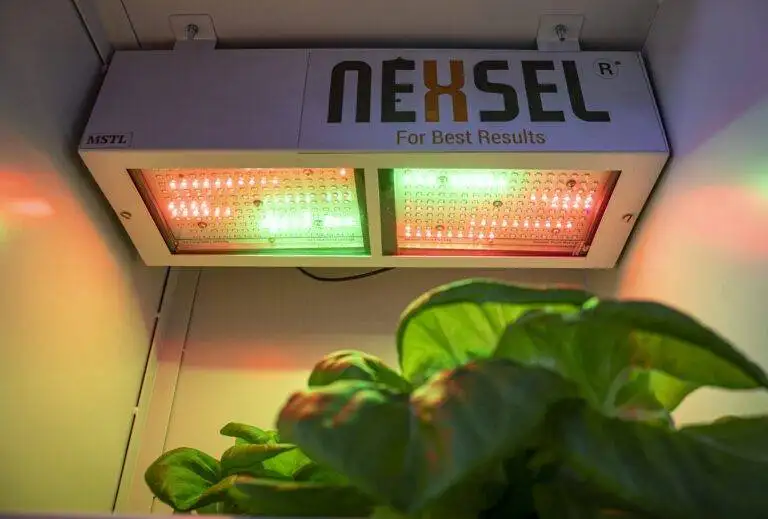
Enquire Now
Quick Link
Other Links
Design & Developed By VBTEK



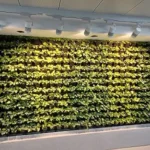
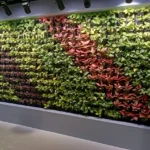
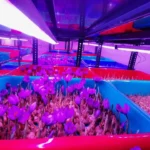

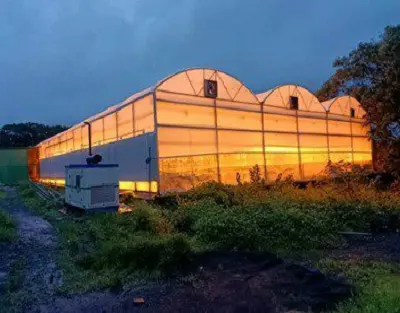
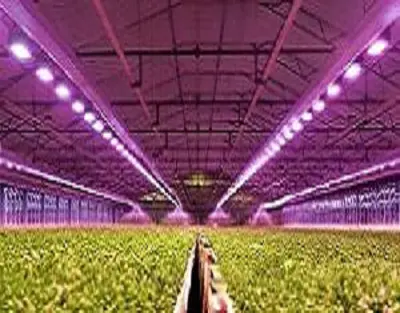
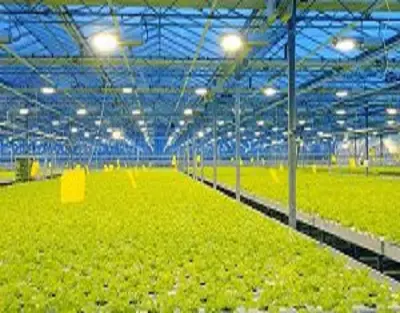
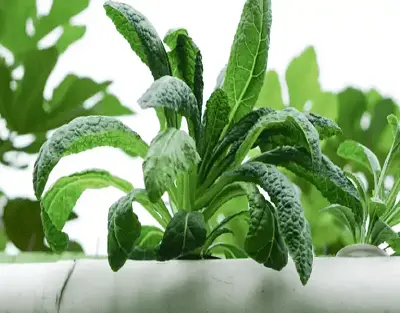
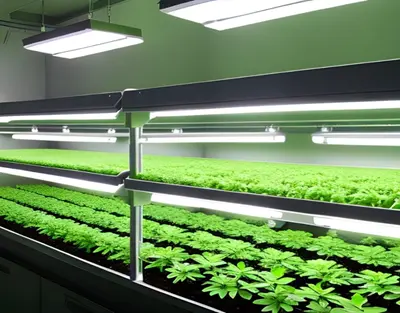
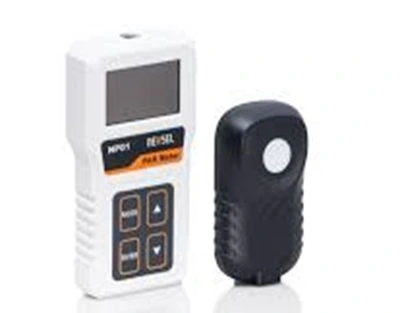
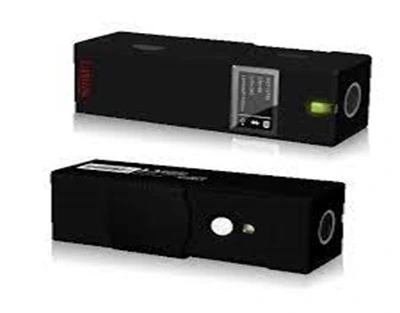
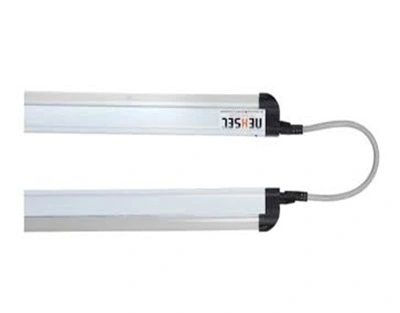
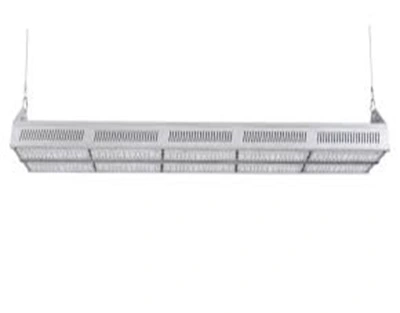
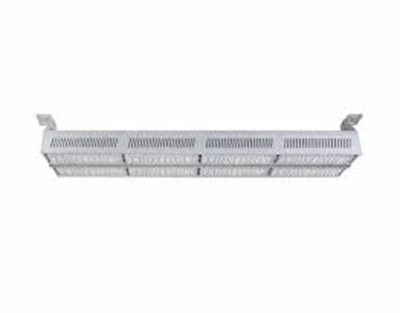
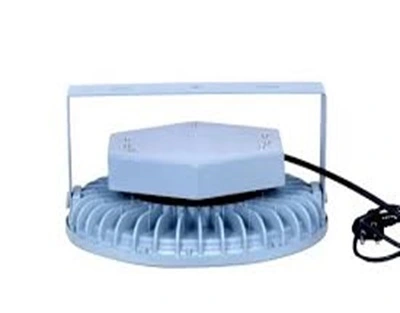
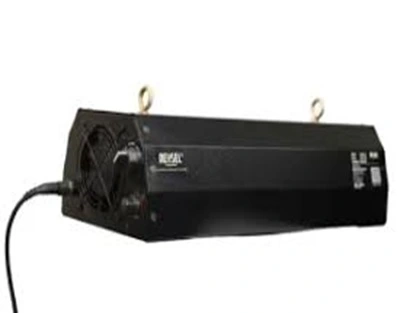
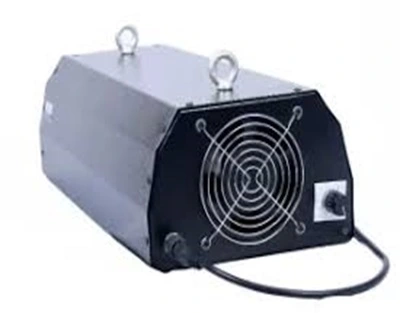
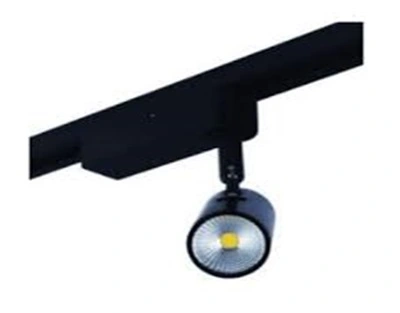
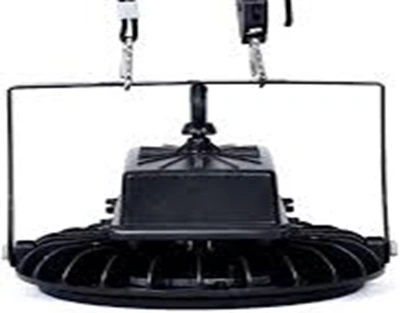
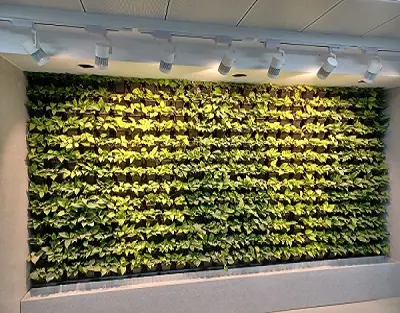
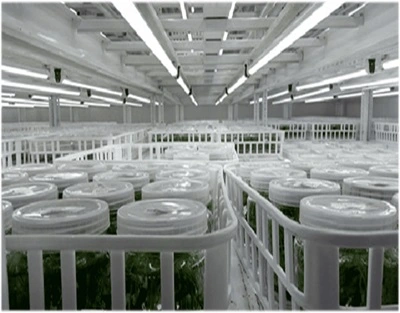
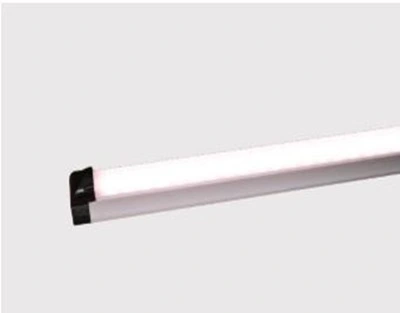
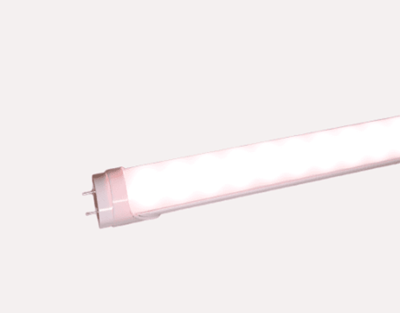
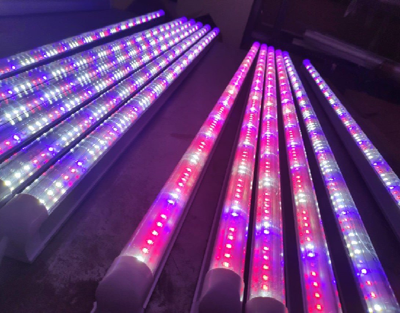
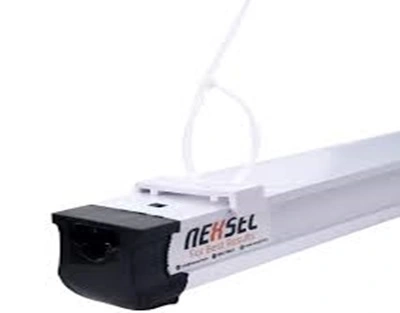
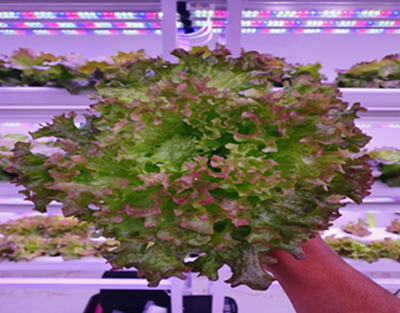
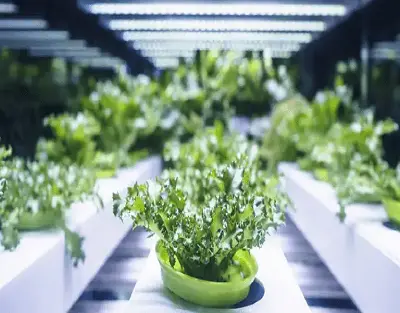
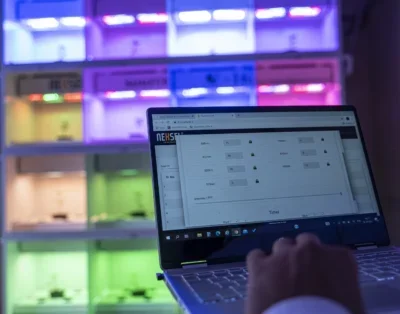


Leave A Comment